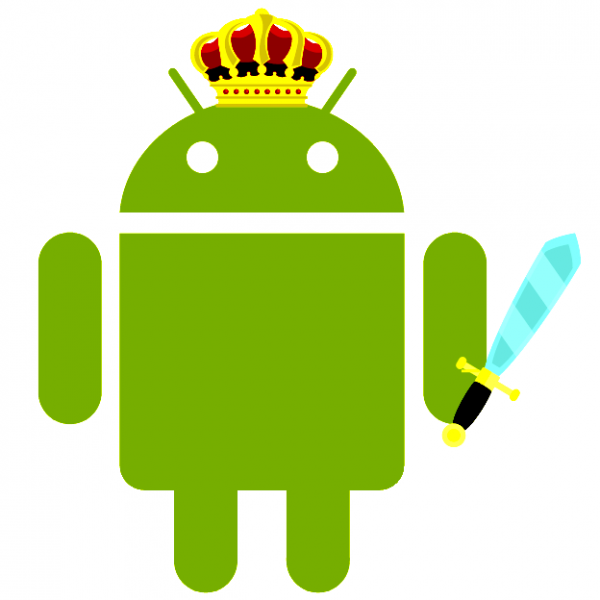
Android wins the smartphone wars
In October 2009, I explained why "Apple cannot win the smartphone wars". That was just a year after Google launched the first Android handset, the G1, on T-Mobile and days after Verizon debuted the hugely-successful Motorola Droid. By end of that year, Android had paltry 3.9 percent smartphone sales share, according to Gartner. My prediction drew loads of criticism from the Apple Fan Club of bloggers, journalists and other writers.
Fast-forward to second quarter 2012 and Android's global sales share is 64.1 percent for all phones, not just smart ones. iOS: 18.8 percent. My how times change. Increasingly, Android and iOS look exactly like Windows and Mac OS in the 1980s and 1990s, as I predicted would be the case.

Five reasons iPhone 5 disappoints
A new iPhone is Apple's chance to drive competitors nuts, to take technological innovation to new heights and to leave the stage with a justified smug look, but as the dust settles from yesterday's launch event the new handset feels dated already. The Cupertino, Calif.-based corporation should smash the competition to bits but that hasn't happened, has it?
iPhone 5 is not the revolutionary product that could set the world on fire and just like my colleage Wayne Williams I wonder "Hey, Apple, where’s the innovation?" There is a saying that's perfect for landmark product releases: "Go big or go home" and Apple should have followed the former not the latter for what will most likely be flagship device over the next year. It's not enough to sway the current cutting-edge Android smartphones to the curb, so how can it when there will be fierce competition from Windows Phone 8 devices like the Nokia Lumia 920 or Samsung ATIV S?
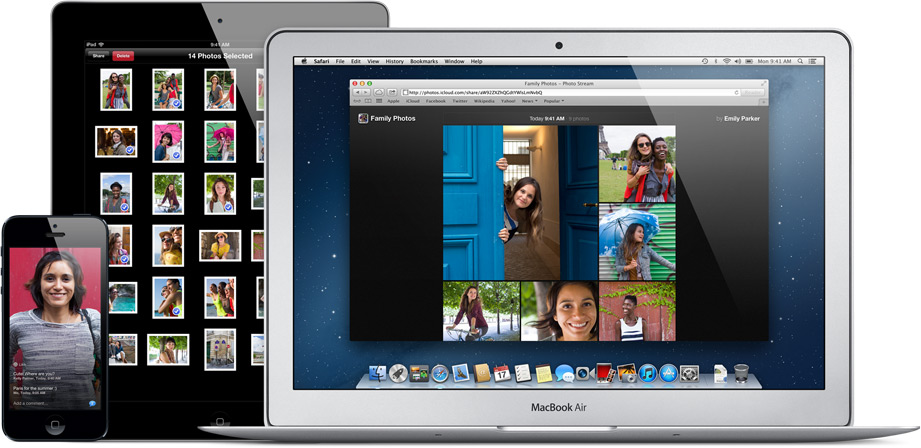
Hey, Apple, where’s the innovation?
So the iPhone 5 has been unveiled and, well, it’s just a bigger version of the iPhone 4S. No great surprise there, as all the rumors and leaks predicted that would be the case. There are some other changes to the device of course; it’s faster, lighter, prettier and has a better camera and a new dock connector, but really it’s just Apple’s phone with a bigger screen, improved OS, and less Google.
If the reports are to be believed, and they are, in October Apple will introduce another new product -- a smaller iPad.
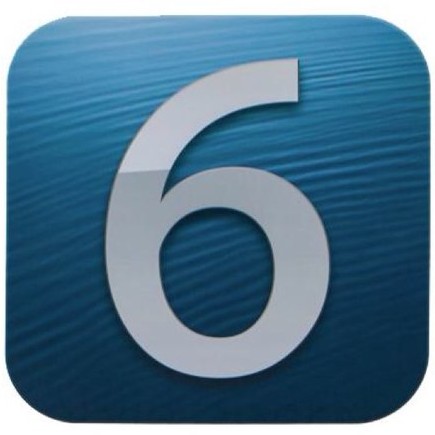
Apple iOS 6 launches September 19
If you've got iPhone 4 or 4S, recent iPod touch or one of the two recent iPads, Apple will give you iOS 6, and you won't wait long. The Cupertino, Calif,-based company formally announced the release date, September 19, during a media event today.
New iOS 6 features include FaceTime video over cellular, Facebook integration, Passbook for buying movie tickets and other passes, shared photo streams and new maps app, among others. Apple released a developer preview in June. Perhaps most notable among the new features is Apple's homegrown maps app, replacing the one long provided by Google.
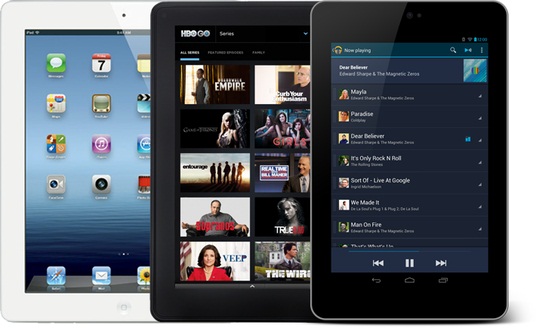
Cumulative Android device sales push past iOS for first time
In what can only be described as a turning point for post-PC operating systems, cumulative Android device sales now exceed iOS, and in a shorter time period. Today, during a special media event, Apple reduced the cumulative number of iOS sales to 400 million -- that would be since iPhone's debut in June 2007. But yesterday, Google put Android sales at 500 million, from the G1's launch four years ago this month. The days of iOS' perennial lead are over.
Android has been on the catch-up track for better part of the year. At the end of June cumulative iOS shipments were 410 million, according to Apple. Why CEO Tim Cook put the number at 10 million less today is anyone's guess. Days before the quarter ended, Google put cumulative Android shipments at 400 million. A few months earlier: 365 million and 300 million, respectively. Daily Android activations now total 1.3 million, up from 900,000 in June, according to Google.

Sarcastic liveblogging of Apple's iPhone event - Get it here
Today, gadget tastemaker Apple is expected to unveil a host of new products, including a new iPhone, new iPods, and perhaps even an update to the bête noire that is iTunes. In all likelihood, the "iPhone 5" will be the scene-stealer of this event, which will add some small, incremental changes to the obnoxiously popular device. The changes documented herein are sure to be labeled as life-changing and essential by the bike-riding gentrification brigade, and be labeled as Android copies by the cloak-wearing dungeon masters. Since we've sat through six different iPhone unveilings, we've decided to call this one as we see it...
Today's event begins at 10:00 am PDT (1:00 pm Eastern), and all updates appear in reverse chronological order (i.e. newest posts first), and yes, you do actually have to refresh the page.

No longer an iOS pack-in, YouTube app update brings ads
Ahead of the Apple event rumored to be the unveiling of a new, smaller iPad, Google on Tuesday released an updated native YouTube application for Apple's smaller-screen iOS devices.
The new application for iPhone and iPod touch speeds up video discovery with an improved channel guide and search functionality, improved sharing capabilities, and a larger roster of compatible videos.
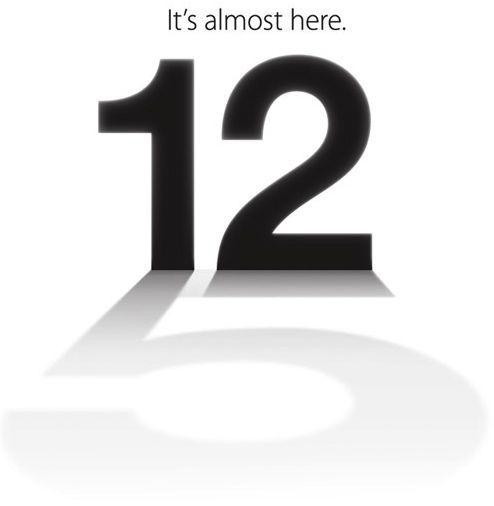
Apple slaps a gigantic number five on its September 12 press conference
Apple on Tuesday officially distributed its invitations to the media for an event on September 12 in the company's usual spot for press conferences, the Yerba Buena Center for the Arts in San Francisco, California.
The big number twelve on the invitation is casting a shadow that is shaped like the number five, which has naturally lead many to believe this is the event for the "iPhone 5," or fifth generation of Apple's iPhone. The iPhone 5 moniker has been in use since before the iPhone 4S was released, but as Dave Caolo of the Unofficial Apple Weblog jokingly pointed out on Twitter, it could just as easily mean a 5" iPad.

Hacktivist group #Antisec releases a million Apple device IDs, wonders why FBI had them
#Antisec, The loosely-organized black hat security collective formerly known as Lulzsec has released a file containing a million and one (1,000,001) Apple Unique Device Identifications (UDIDs), and their related APNs (Apple Push Notification Service) tokens, as well as a certain amount of personal user information. The group claims the information was not taken from Apple directly, but rather though a vulnerability exploit on FBI Agent Christopher K. Stangl last March.
The group claims there were actually more than twelve million UDIDs on Stangl's Dell Vostro notebook, as well as an incomplete list of zip codes, mobile phone numbers, home addresses, and whatever personal detail fields could be obtained. Antisec said there were no other files in the same folder that mention the list or its purpose.
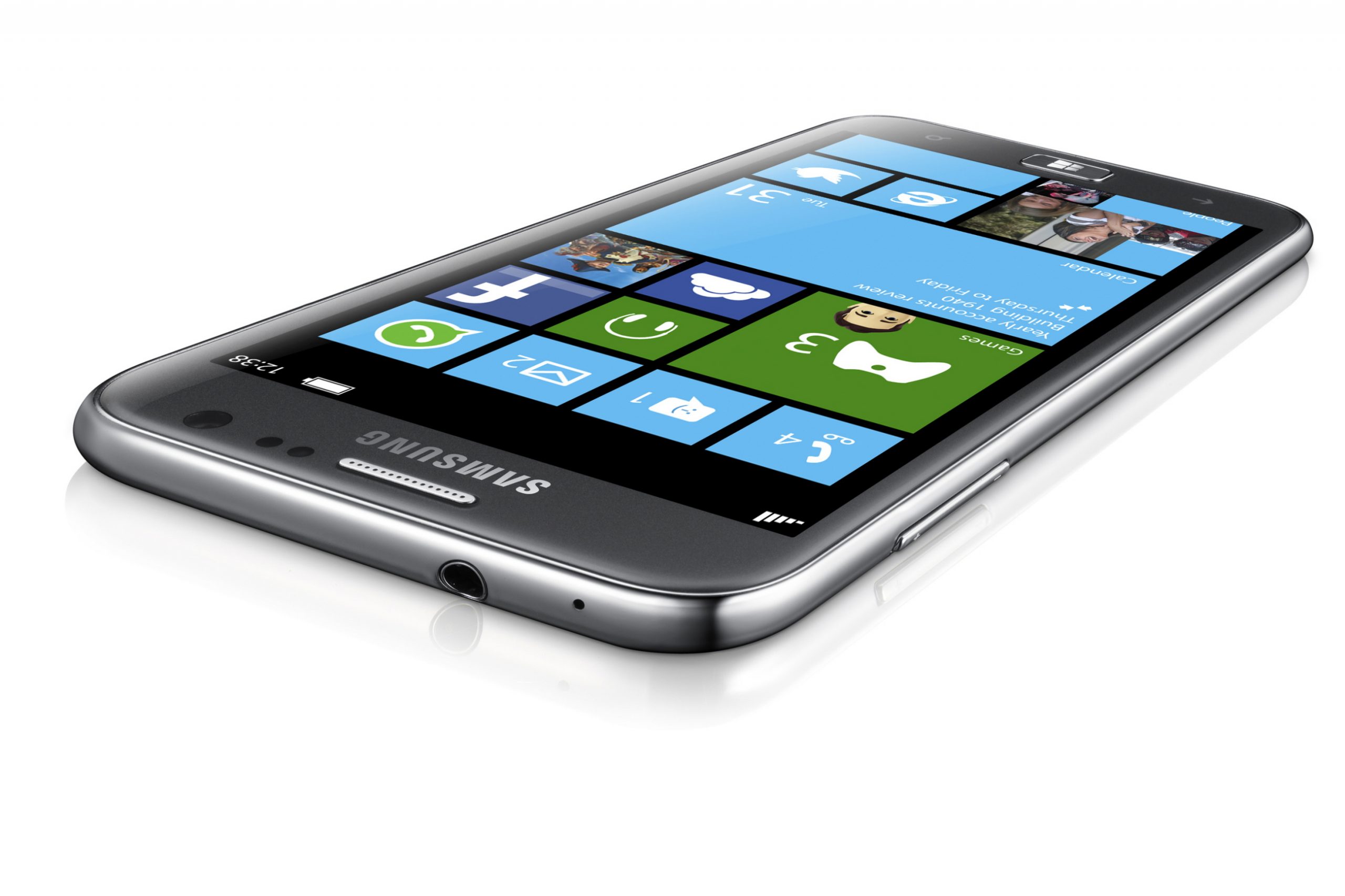
Windows Phone 8 is the best idea Microsoft has had in phone tech
Samsung's recently-announced Windows Phone 8 smartphone, the ATIV is oozing with power and modernity, and that is what the Windows Phone software needs to finally become a dominant platform.
A platform needs flagship devices --smartphones and tablets-- to showcase what it can do in front of (possibly) billions of people, and hardware-wise it doesn't get any better than Android and iOS devices displaying their inner strength, their performance. Android takes first place and iOS second in the smartphone charts, and they have halo devices to represent them. Windows Phone, meanwhile, has been a mere shadow behind the two flexing their muscles. The Samsung Galaxy S III best represents Android as much as the iPhone 4S best represents iOS, but what does Windows Phone 7.5 have to show? A single-core CPU with 512MB of RAM and a GPU that was news a few years ago? That doesn't cut it...
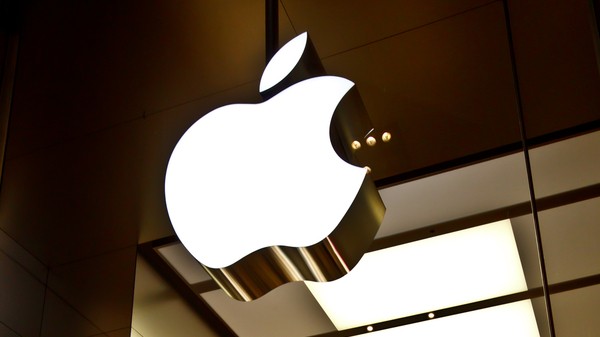
One rotten Apple spoiled my perfect post-PC pie
I can't win. Just when I think I've finally cooked-up the perfect post-PC computing recipe, along comes some killjoy to spoil all the fun. This time around it's Apple. The Cupertino goon squad is on a mission to stomp out all unauthorized uses of lowercase letter "i" (among other things), and my latest pet project -- moving my entire computing life to a non-PC device -- is about to fall victim to their litigious ways.
You see, I made the unforgivable decision to deviate from Apple's proscribed post-PC formula (i.e. iPhone/iPad) and instead embrace the ways of the rebel Android Army. After several weeks of tweaking and tuning, I've finally achieved a level of PC-independence I never thought possible. But given last week's Apple-Samsung jury decision, I fear it may have all been for naught. That's because the reverberations from such a landmark case will no doubt spread far beyond its principle defendant (you didn't really think this was about hardware, did you?) to strike at the very heart of Google's OS strategy.

Chrome for iOS adds Facebook, Google+ sharing
Just like Firefox, Chrome rockets through version numbers as though it is going out of fashion. Although Google’s foray into the world of web browsers for iPhone and iPad is fairly recent, Chrome for iOS already is version 21. The latest release is a relatively minor one, but there is still one feature that brings the browser in line with other more socially aware apps.
The big news in this release: addition of new sharing options. Found a website that you think your friends will love? There is no need to copy and paste the URL into an email as there are now new sharing options built directly into the app. A new popup menu lets you share pages through Google+, Facebook, Twitter or via email.

I'm an early adopter, and I can't help it
Second in a series. "My name is MB and I'm an addict" is what I would say at the first Early Adopters Anonymous meeting.
I'm driven by an addiction to try a product as soon as possible, at the earliest point in its life cycle and I can (silently) admit to it being a compulsive behavior. It's not that I don't enjoy it, but I feel that's what I should do with every new product that I can get my geeky hands on. Yes, that's the second confession, and I'm fairly certain it will not be the last either.

Big Fish Games brings real-money gaming to Apple's App Store
Social gaming just used to be about having fun, but now there’s a real-money element creeping in. First Gamesys launched a Facebook app that allowed UK residents aged 18 and over to play for real cash prizes while interacting with friends, and now Big Fish Games is getting in on the act with Big Fish Casino for iOS devices. The game is a relaunched and rebranded version of Card Ace: Casino, from recently acquired Self Aware Studios, that offers new games and additional social features, and will soon also allow UK users to play slots for real money.
If the thought of wagering your earnings on spinning reels doesn’t do it for you, you might be more interested to hear that the real-money feature, powered by UK-licensed online gaming company Betable, will also be available in blackjack, roulette and video poker in the coming months.
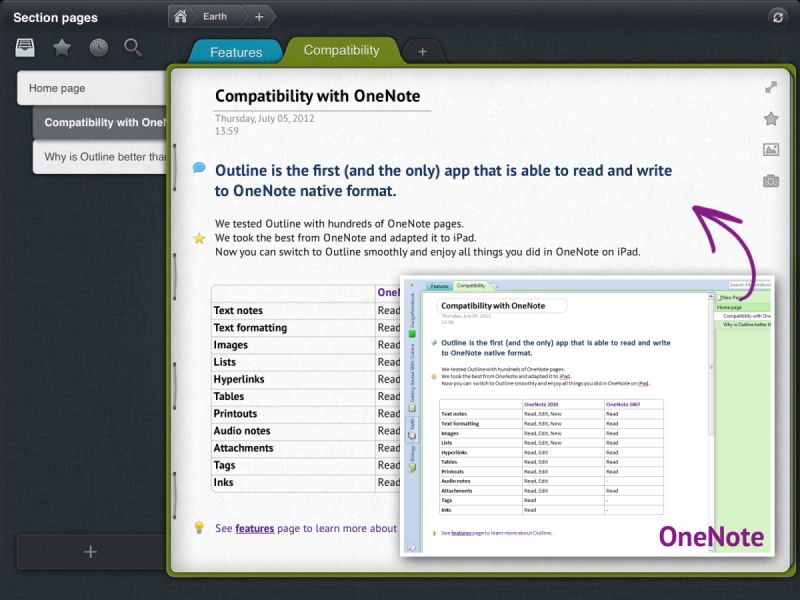
Third-party OneNote app does what Microsoft can't
At the end of 2011, Microsoft released Office OneNote for iPad, bringing the cult favorite note-taking application to all of Apple's devices.
But major shortcomings with the freemium OneNote for iPad app have earned it a significant number of negative reviews in the iTunes App Store. Third-party iPad app Outline+, released at the end of July, seeks to provide fixes to these complaints. So far, the app tackles two of the major issues plaguing the iPad version of OneNote: syncing and formatting.
